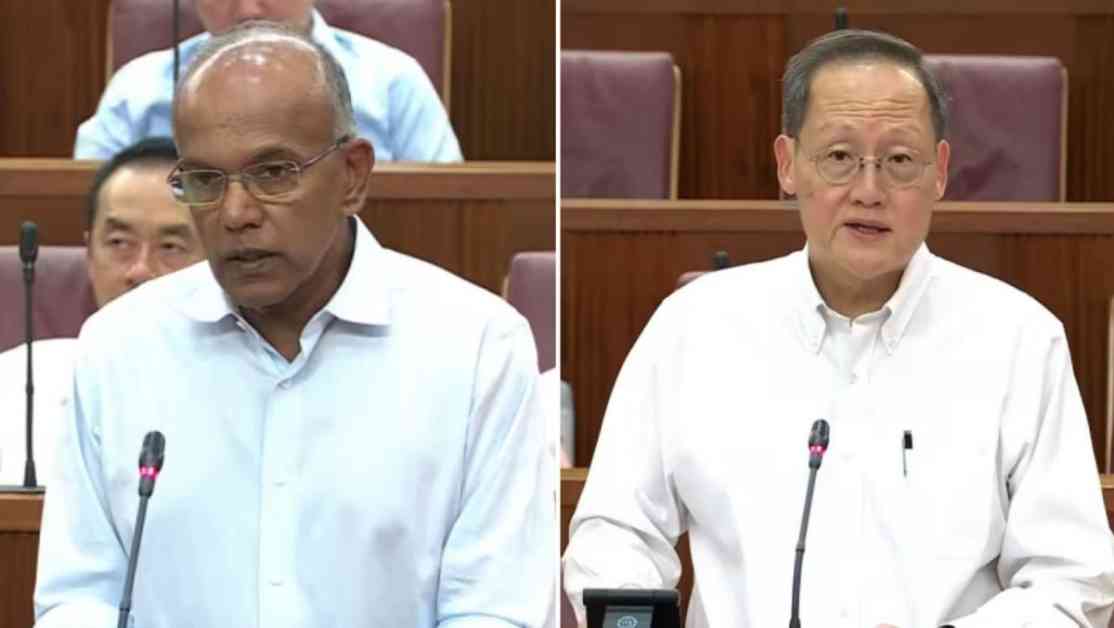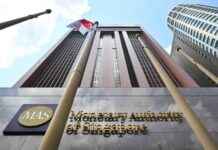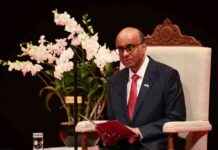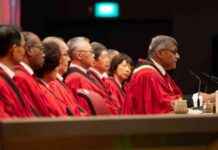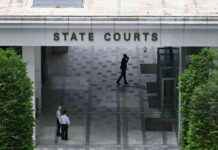In a recent legal development that has captured the attention of many in Singapore, Manpower Minister Tan See Leng and Law and Home Affairs Minister K Shanmugam have taken legal action against global news organization Bloomberg and one of its journalists for alleged defamation.
The legal proceedings have been scheduled for case conferences on Mar 3, as reported on the court website. The crux of the matter stems from an article published by Bloomberg on Dec 12, 2024, titled “Singapore Mansion Deals Are Increasingly Shrouded in Secrecy”, penned by journalist Mr Low De Wei. The article delved into the realm of Good Class Bungalow (GCB) transactions in Singapore and made references to both Mr Shanmugam and Dr Tan.
The article eventually became the subject of a Protection from Online Falsehoods and Manipulation Act (POFMA) correction order, which was issued to various entities in December of the same year. In response to what they perceived as libelous content, both ministers announced on Dec 16 their intention to send Letters of Demand to Bloomberg and other outlets that had republished the contentious article either in part or in full.
One such outlet, The Edge, which had published the article on its website, promptly issued an apology to the two ministers and removed the article from its platform. The legal battle has since escalated, with Mr Shanmugam and Dr Tan enlisting the services of a legal team that includes prominent lawyer Davinder Singh from his eponymous firm.
On the other side of the legal spectrum, Bloomberg and its implicated journalist are being represented by lawyers from RCL Chambers Law Corporation, with notable names such as Mr Choo Zheng Xi, Mr Chua Shi Jie, and Mr Donaven Foo stepping in to defend their clients.
Expert Insights on Defamation Lawsuits
To gain a deeper understanding of the complexities involved in defamation lawsuits like the one unfolding between the Singaporean ministers and Bloomberg, legal experts shed light on the intricacies at play. According to renowned defamation lawyer, John Doe, cases involving public figures and media organizations often bring to the fore a delicate balance between freedom of speech and the protection of one’s reputation.
“In defamation cases, especially those involving high-profile individuals and media outlets, the stakes are significantly higher due to the potential impact on one’s public image and credibility,” says Doe. “The burden of proof rests on the plaintiff to demonstrate that the statements made were false and damaging to their reputation, while media organizations must navigate the fine line between investigative journalism and potential legal liabilities.”
As the legal battle continues to unfold in the coming weeks, the nuances of defamation laws and the broader implications for press freedom and accountability will undoubtedly come to the forefront, shaping the discourse surrounding media ethics and responsibility.
Impact of Defamation Allegations on Public Figures
The repercussions of defamation allegations on public figures such as government officials can reverberate beyond the confines of a courtroom, affecting public trust and perception. With social media amplifying the reach and impact of news stories, even unverified or misleading information can quickly snowball into a full-blown crisis, tarnishing the reputation of those in the public eye.
As Singaporean ministers Tan See Leng and K Shanmugam navigate the legal labyrinth of defamation lawsuits, the broader implications for governmental transparency, media accountability, and the delicate dance between freedom of the press and protection of personal integrity come into sharp focus. The outcome of this legal saga will not only have far-reaching consequences for the parties involved but also set a precedent for future defamation cases in the realm of public discourse.
As the legal drama unfolds in the corridors of justice, the intricate tapestry of defamation laws, media ethics, and the delicate balance between freedom of expression and protection of reputation continues to captivate audiences both locally and internationally. The outcome of this high-profile case will not only shape the landscape of press freedom and accountability but also serve as a barometer for the evolving dynamics between public figures, media organizations, and the court of public opinion.
